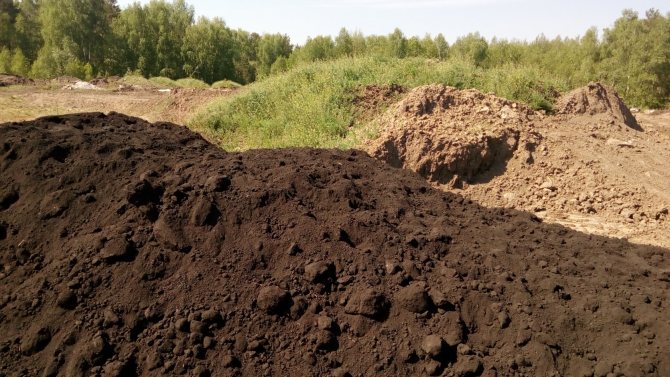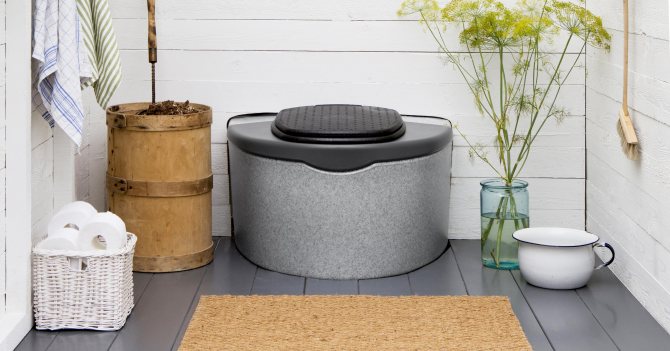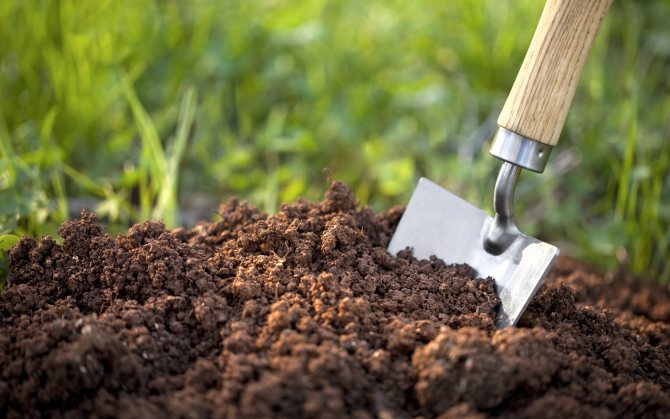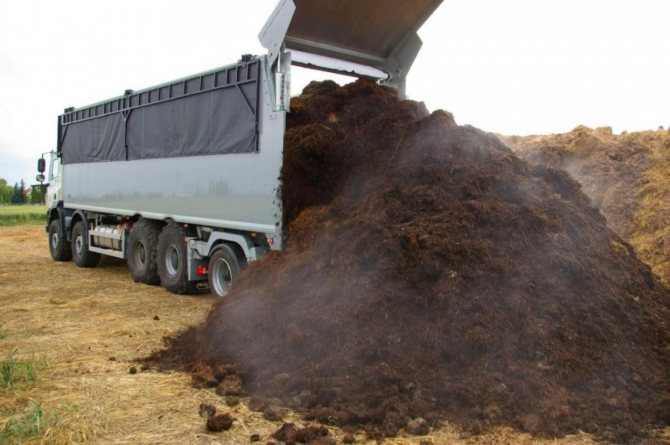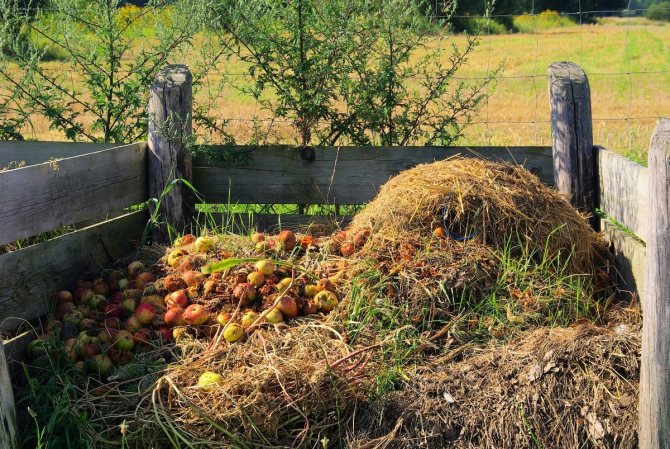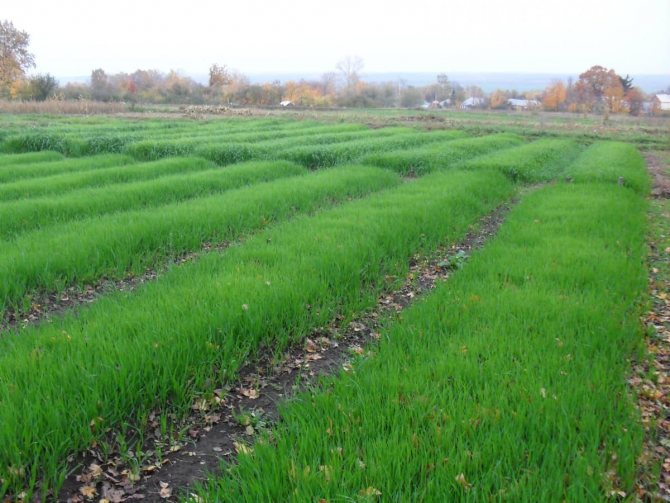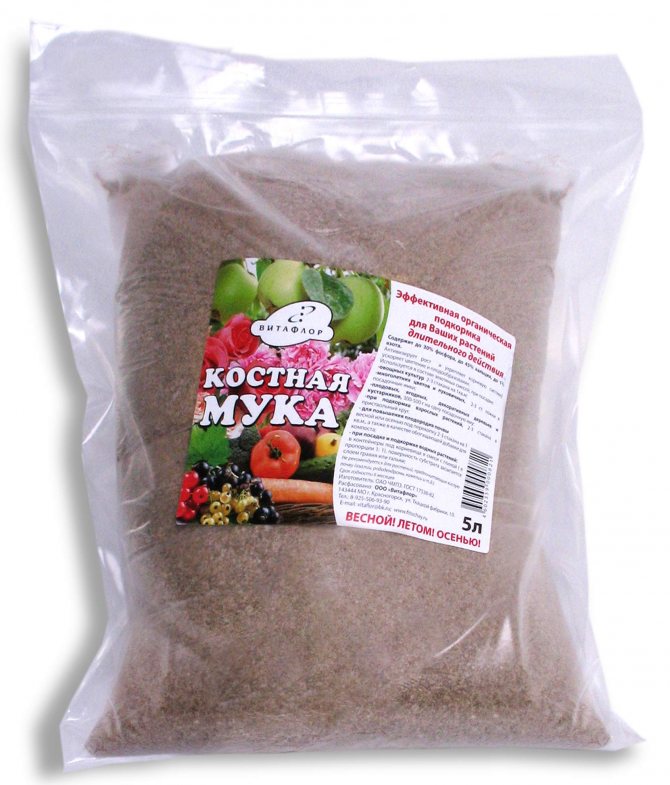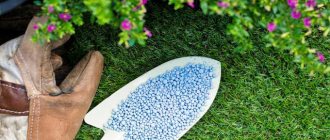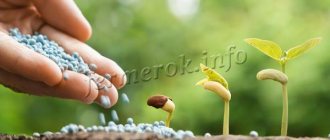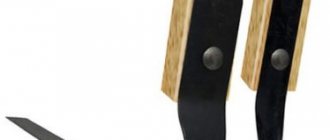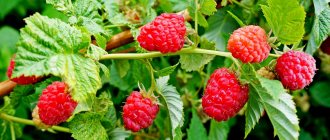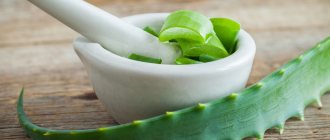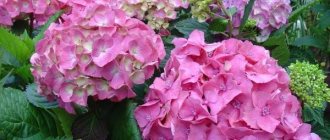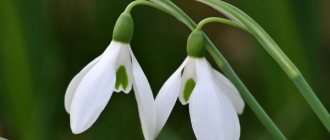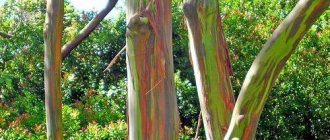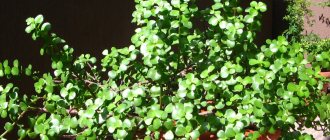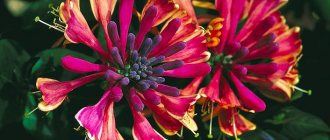Mineral complexes, fertilizers created by chemical means are in demand due to their effectiveness and speed of action. But organic fertilizers remain a priority, since the natural base is closer to the plant than other methods of nutrition.
Experienced farmers claim that organics will always be in demand. The reason for this is not low cost, but the absence of negative aspects and consequences of use in 90% of cases. The remaining 10% are the gardener's carelessness, lack of necessary knowledge on working with natural fertilizers.
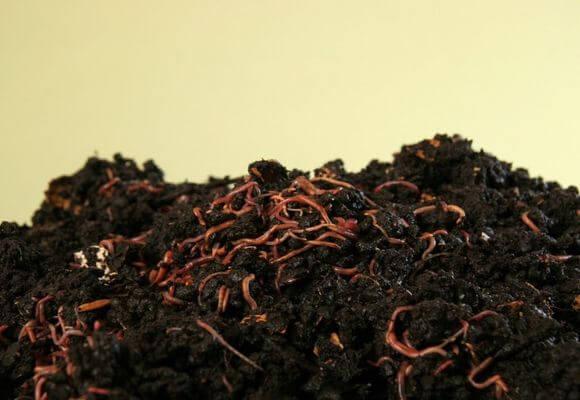
Types of organic fertilizers, specificity of their application
Organic matter is a product of the vital activity of humans and animals, as well as the result of economic and even industrial activity - organic compounds, which contain elements important for the development of vegetation. It is not difficult to understand what belongs to organic fertilizers, what varieties are isolated.
The source of production and the technological process of production are the main factors that determine the type and properties of top dressing. Each contains 3 main macronutrients (nitrogen, phosphorus, potassium) and trace elements such as calcium, magnesium, sulfurous, silicic acids, etc.
Manure
A common form of organic feeding obtained from farm animal waste.
Table. Chemical composition on straw in%.
| Manure name | Nitrogen | Phosphorus | Potassium | Calcium | Magnesium | Organ. substance | Water |
| Horse | 0,58 | 0,28 | 0,63 | 0,21 | 0,14 | 24,5 | 71,3 |
| Bovine | 0,45 | 0,23 | 0,5 | 0,4 | 0,11 | 20,3 | 77,3 |
| Pork | 0,65 | 0,19 | 0,6 | 0,18 | 0,04 | 25,0 | 72,4 |
| Goat | 0,83 | 0,23 | 0,67 | 0,33 | 0,18 | 31,8 | 46,6 |
The specificity of use is also influenced by the preparation technology:
- in the fall, fresh manure is introduced for digging;
- semi-rotten, easily separating into pieces, is also used in autumn soil preparation;
- homogeneous rotted manure and humus are used in spring and during the growing season for different plants.
Despite the fact that mullein is applied more often than horse manure, it is less nutritious. For poor soils, the tool is not suitable. But the introduction of the last nutrient complex perfectly responds to the crops of the Pumpkin family, demonstrating a significant increase in yield.
The pig feces product contains a lot of nitrogen, which can burn out flora. Its use is possible only when dissolved in a very large amount of water.
Fresh manure contains a high dose of nitrogen, as well as weed seeds and pest larvae, so it can only be used by experienced farmers.
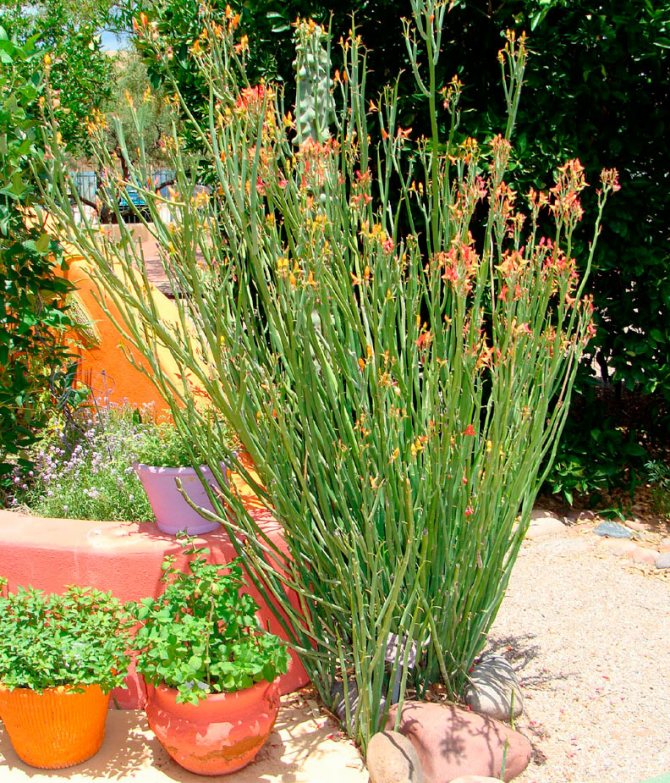

Humus
Fresh manure or plant remains of two years of rotting turn into a popular organic fertilizer - humus. The composted mass does not contain pathogenic organisms and weed seeds. The product becomes safe for any garden crops, improves the structure of the soil, increasing its fertility.
The main disadvantage of using humus is a significant consumption rate at a high cost, which can be economically unprofitable when growing not particularly valuable crops. If the farmer is engaged in both crop and livestock production, then this is an excellent alternative to chemistry.
Bird droppings
The product contains even more nitrogen in its composition than pork feces. Therefore, the use of this type of organic fertilizers has its own characteristics:
- requires exposure before use, which allows to reduce the concentration of nitrogen;
- diluted with plenty of water - 1:15 - and used as a liquid organic fertilizer.
Fresh litter can lead to the complete destruction of plants. After an overdose of the product, it will be impossible to grow crops in the field for 1 year.
Rabbit droppings
Speaking of the best organic fertilizers, it is worth mentioning this product. Due to its consistency, rabbit droppings are easy to transport and grind. When mixed with soil in the amount of 5 g of powder per 1 kg of soil, it is perfect for feeding indoor flowers.
If the fertilizer dries up, it will lose up to 50% of its nutrients. But fresh use is practically unacceptable.
Ash
The product is the result of burning manure and various plant waste. Its composition, in addition to the main macronutrients, includes manganese, magnesium and boron, which are necessary for any plant to form resistance to agroclimatic conditions and full growth.
Organic plant origin - peat
Peat deposits can be found in the swampy area. It is not customary to use it fresh, since at this moment the peat contains harmful substances, for example, ferruginous compounds, aluminum.
After the layers of peat have been cut, they need to be thoroughly dried for some time in order to remove toxins. This process can be accelerated by mixing it with compost soil.
There are several variations of peat:
- Low-lying peat layer. This is the most suitable soil, since it has already decomposed. Thanks to its beneficial properties, even the most capricious plants take root better, and vegetables give excellent yields.
- Intermediate peat layer. This layer is located between the top and bottom of the peat. It is used as a plant fertilizer.
- The top peat layer is only suitable for mulching.
Liquid organic fertilizers, their types and characteristics
In addition to solid nutrient complexes, you can feed crops with liquid organic matter. You can prepare a solution from almost any of the types described above. But there are several tools worth mentioning separately.


Slurry
Semi-finished liquid fertilizer collected from manure. Before use, the product is diluted with clean water in a 1: 5 ratio.
Nettle infusion
An effective option for foliar spraying. It is easy to prepare it: just fill ⅔ buckets with green shoots and fill with water. The concentrate is infused for a week, after which it can be applied, having previously diluted with liquid.
Sapropel - useful sludge
Millions of microorganisms that cleanse stagnant bodies of water create layers of silt, or sapropel. This substance contains growth stimulants, hormones, vitamins and other substances. It can work in soil for up to 8 years. Only sapropel can be collected in reservoirs where fish live, and where there are no production complexes nearby.
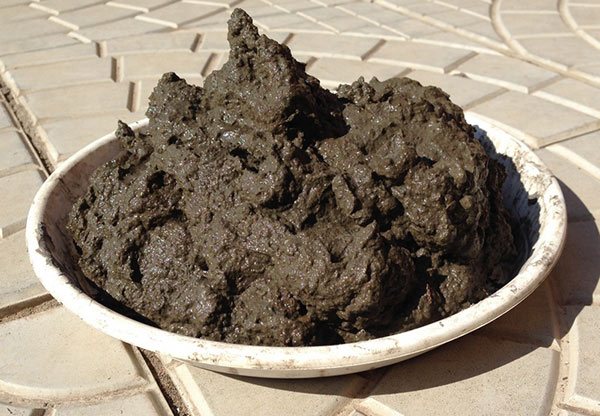

Sapropel is sediment from stagnant bodies of water
Organic fertilization methods
Top dressing, depending on the method of application, is classified into:
- foliar - processing of seed in a nutrient solution of organic compounds or spraying over foliage with a spray bottle;
- root - the introduction of solid funds into the near-stem areas, followed by moistening;
- fergitation - the implementation of fertilizing irrigation with nutrient solutions;
- hydroponics - the cultivation of plants in a liquid medium.
The latter method did not meet the expectations of plant breeders: the fruits obtained from crops grown without land are much inferior to the crop produced with traditional cultivation.
Ash
Attention! It is possible to feed seedlings with black fertilizer only after the leaves appear on it.Otherwise, the growth of seedlings may slow down!
Ash contains potassium, magnesium, phosphorus and other trace elements. But nitrogen is not there. You need to know this, and in parallel with ash, use nitrogen-containing substances. But not at the same time, because ammonia can be formed, which is harmful to plants.
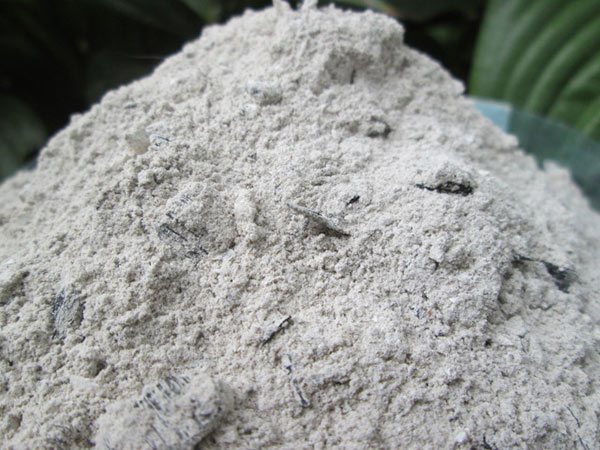

Ash as fertilizer is used in combination with nitrogen-containing additives
If all of the above fertilizers acidify the earth, then the ash - alkalizes. This should also be taken into account when entering. By the way, it is better to pour the ash into the holes or directly on the ground with shallow loosening.
Rules for the use of organic fertilizers
Plants must be fed with nutrient complexes at all stages of development. This will allow you to harvest a good harvest or enjoy high decorative qualities.
Basic rules for bookmarking organics:
- Organics can fertilize the soil during pre-sowing treatment both in autumn and in spring.
- After the appearance of the third leaf, it is necessary to carry out post-sowing fertilizing.
- Fresh manure must not be used.
- Poultry droppings are best applied in liquid form under vegetative plants.
- Before laying any top dressing, you should study the composition, type and acidity of the soil.
Bird droppings
Received from the excrement of domestic chickens, geese, ducks, turkeys, pigeons, quails. Poultry droppings contain the largest amount of nitrogen, but after 2-3 months of storage they lose half of the substance, since it quickly evaporates. The best manufacturers use a quick drying method that retains the maximum benefit.
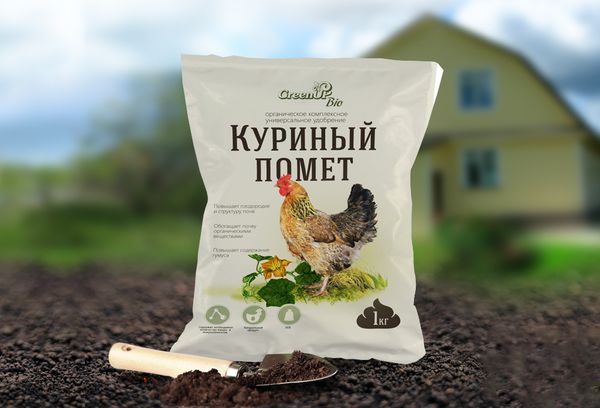

To prepare liquid feeding, take 1 kg of bird droppings per 200 liters of water (or 50 g per 10 liters) and infuse for a week, stirring daily. The fertilizer is filtered before use. This recipe is recommended by the specialists of the Botanical Garden of the Russian Academy of Sciences in St. Petersburg.
Features of introduction:
- The amount of application depends on the culture and its age. Young plants are watered after complete survival, when two or three true leaves are formed.
- Bird droppings are absolutely not suitable for seedlings. The active nitrogen causes the growth of the terrestrial parts, and the seedlings must first form the roots. For the same reason, it is not used for vegetative propagation by layering and cuttings.
- In autumn, empty beds are fertilized with fresh droppings. During the winter, oxidation, fermentation, and rotting take place with the release of heat. In the upper layers of the soil, humus is formed, ready for feeding the plants. Then fertilizers do not need to be applied in the spring.
The recommended volume of application of liquid and dry poultry manure for various crops and the frequency of feeding are shown in the table below. In dry form, the fertilizer is distributed to the beds in the fall.
Table 2. Features of the use of poultry manure
| Garden culture | The amount of feeding | ||
| Dry matter, kg / m2 | Liquid infusion, l / m2 | ||
| with bedding | in pure form | ||
| Potatoes | 4—6 | 3—4 | Do not apply |
| Dr. roots | 3 —4 | 1,5—2 | Do not apply |
| Tomatoes, cucumbers and melons | 6—8 | 3—4 | 3—4 |
| White cabbage | 2,5—3 | 2 | 1 - for each head of cabbage. Three times from May to August. |
| Onions, garlic | 3—3,5 | 2 | 1.3-4 times over the summer |
| Dill, parsley and other greens | 2—2,5 | 1,5—2 | Do not apply |
Bird droppings are used for foliar feeding more often than other fertilizers. The work is carried out according to the following scheme:
- The infusion is thoroughly filtered.
- Diluted with water in a ratio of 1: 4.
- Sprinkle plants, wash off dust from leaves and stems. They wait for the plant to dry out, otherwise the fertilizers will drain from the wet surface.
- The solution is applied using a fine spray.
Advice Top dressing is best done in the evening. Morning dew will not allow fertilizers to linger on the leaves. The scorching sun will cause burns at noon.
The use of manured soil in home floriculture
The soil fertilized with manure from the garden is used to cultivate potted flowers. Dwarf roses and succulents grow best on it.In the case of the latter, there is no need to feed the plants additionally, since they feel better on poor soil compositions.
If the garden soil has not been fertilized, the manured soil is prepared with their own hands from the following constituent elements:
- rotted manure;
- deciduous compost;
- peat;
- river sand.
Components are taken in a ratio of 2: 1: 2: 1.
Sawdust
Use this fertilizer, however, like any other, you need to wisely. In no case should you mulch or cover the ground with fresh sawdust. Instead of donating minerals, they will pull them out of the soil. You can only use old, rotted sawdust.
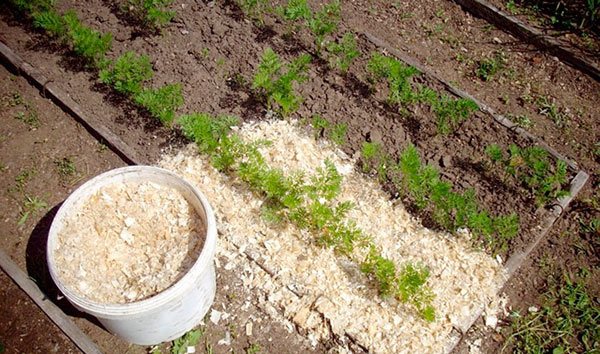

It is recommended to use old, rotted sawdust as fertilizer.
By themselves, they have almost no nitrogen, therefore they are used simultaneously with urea. This fertilizer is applied in the fall at the rate of half a bucket per 1 m2.
Methods and conditions of storage of organic compounds
In order for fertilizers to retain their qualities, they need appropriate storage. If everything is quite simple with packaged products - a dry, darkened place, then manure and droppings require certain conditions:
- Manure is stacked and covered with polyethylene or roofing felt. In this case, it reheats faster, and the nitrogen does not evaporate. When dry, organic fertilizer is watered with slurry.
- Litter. To prevent the volatilization of nitrogenous compounds, the agent is mixed with peat crumbs or superphosphate crystals.
Fertilizing with organic fertilizers is important in the cultivation of agricultural and garden crops. The rejection of "chemistry" or its correct combination with organic matter allows you to grow quality products and reduce the pesticide load on the soil, which already suffers from pesticides and toxic waste.
Organics of animal origin - manure
The most common fertilizer "produced" by animals is manure, which is also their waste.
This type of organic matter is quite versatile; it can fertilize all vegetation.
The most commonly used cow dung. In addition to all the beneficial properties, its effect on the plant and soil lasts 4-8 years.
In order not to harm vegetables and fruit crops and not "overdo it" with fertilizer, you must follow certain simple rules when applying manure to the soil:
- Plants should not come into direct contact with this fertilizer. If manure was introduced from the hole during planting, it should be sprinkled with soil on top, and then the seedlings should be planted.
- This organic matter is introduced into the soil 1 time in four years, not more often, otherwise a lot of nitrates will be accumulated in the fruits.
- Fertilizer is applied only in rotted form, and not fresh.
- Do not apply if the acidity is increased in the soil. First, you need to add lime in the fall, and manure in the spring.
Compost
Only the lazy one does not know about compost pits, in which sawdust, egg shells rot, cleaning of potatoes, weeds, etc. This is one of the most common and effective op amps. In terms of the method and amount of introduction into the soil, compost coincides with manure.
Compost can be made from plants. For this, fallen leaves, tops and weeds are laid in a pit or in a special container together with earth and manure and wrapped tightly.
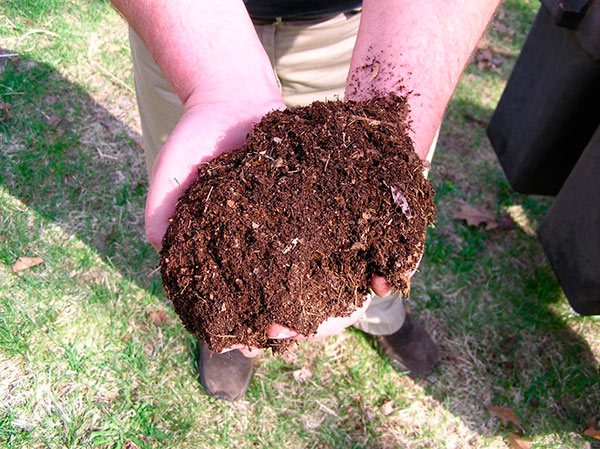

Compost is the most common organic fertilizer
After six months - a year, the fertilizer is ready for use.
Attention! Before putting it into the ground, you need to check if a bear has started up in the compost.

